Stubborn fat deposits often persist despite a consistent diet and exercise routine. While weight loss can be a challenge for everyone, certain areas of the body can be particularly resistant to change, with “problem areas” that include the flanks, belly, upper arms, banana rolls (the area just below the buttocks), thighs, armpit fat, and back fat or bra rolls. These stubborn fat deposits may not respond to conventional weight loss methods such as calorie-counting, aerobic exercise, or resistance training.
Common “problem areas”
While every person’s body stores fat a little differently, there are several areas that frequently prove to be more persistent even in individuals who follow a healthy diet and exercise regularly.
Flanks
The flanks, more typically known as “love handles,” are the areas on the back and sides of your body below your ribs and above the hips. This is a common area for the body to store excess fat, and it’s not uncommon to find that flanks are resistant to diet and exercise.
Belly
Belly fat is one of the most common complaints among our patients who are aiming for a contoured figure. Abdominal fat can be particularly stubborn due to genetics and how our bodies naturally store fat.
Upper arms
Many people struggle with excess fat in their upper arms that can result in a “bat wing” appearance. This can make people feel self-conscious, especially when wearing sleeveless tops or dresses. As with other problem areas, the upper arms can remain fatty despite overall weight loss, primarily due to the high concentration of fat cells and decreased muscle tone.
Dr. R. Brannon Claytor
Dr. Claytor is board certified by the American Board of Plastic Surgery and holds over 20 years of experience as a cosmetic plastic surgeon. An innovator and teacher in the field of plastic surgery, he uses advanced techniques like the drain-free tummy tuck and deep plane facelift to streamline recovery and provide natural-looking, durable results.

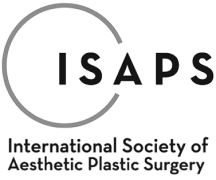
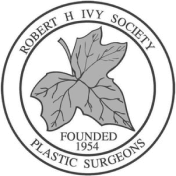

Banana rolls
Banana rolls refer to the fat deposits just below the buttocks, forming a slight roll that can become pronounced, especially when sitting. Despite regular glute and hamstring exercises, these can be stubborn to remove due to genetic predisposition and lack of muscle tone in the area.
Thighs
Whether it’s the inner thighs or outer thighs (also known as saddlebags), excess fat in these areas can be a common problem. A combination of fat cells and cellulite can make thighs appear disproportionate or lumpy, making it hard to tone even with regular exercise and a healthy diet.
Armpit fat
Armpit fat—also known as axillary fat, bra bulge, or an underarm bulge—refers to the extra fat that gathers between your breast and arm. This fat can often spill over when wearing bras or swimsuits. Though relatively small in size, the armpit area can be particularly frustrating due to its visibility on the body.
Back fat/bra rolls
Back fat or bra rolls refer to the fatty deposits that form around the back and side of the chest, often becoming visible when wearing a tight-fitting bra. These areas can be resistant to change despite overall weight loss, due to a high concentration of fat cells and the area’s relative inactivity in day-to-day movements.
Plastic surgery for stubborn fat deposits
If you are at a healthy weight, but struggling with localized fat stores that don’t respond to diet and exercise, you may decide to consider plastic surgery for fat deposits. Here are our procedure options, which board certified plastic surgeon Dr. Claytor can fully customize based on your needs and goals.
Liposuction
Liposuction is a popular surgical procedure designed to target and remove stubborn fat, helping you achieve a smoother and more defined body contour. The treatment works by suctioning out fat cells from the problem areas, leading to a reduction in fat, improvements in the contour of the area, and a more shapely overall appearance.
Liposuction can be effective for many areas, including the belly, flanks, thighs, and upper arms—areas often resistant to traditional weight loss methods. The procedure is usually performed under general or local anesthesia, and while it is not a solution for weight loss, it can significantly help with spot reduction of stubborn fat deposits. Results can be long-lasting, provided you maintain a balanced diet and regular physical activity to prevent weight gain post-procedure.
Liposuction & Fat Grafting to the Buttocks
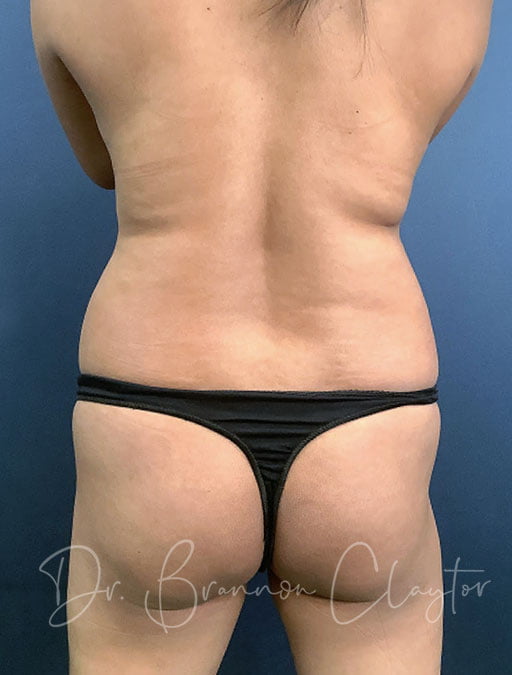
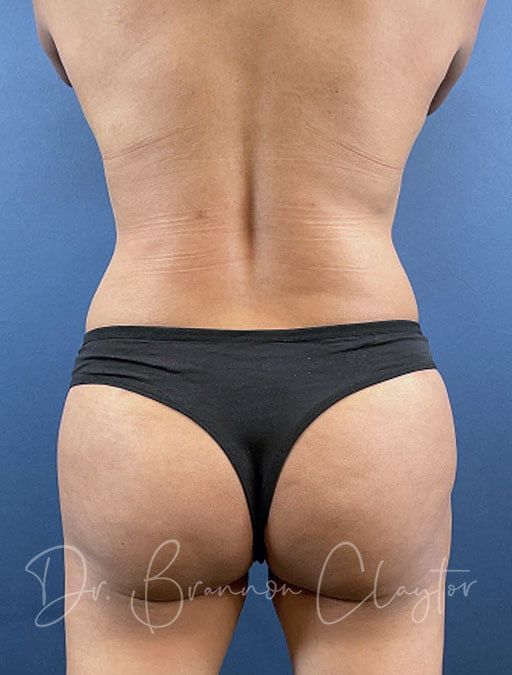
Dr. Claytor’s 32-year-old patient desired a more defined abdomen and buttocks. After photos show 3 months post-op liposuction of the abdomen and flanks with simultaneous fat grafting to her buttocks and “hip dips.”
*Individual results may vary.
SmartLipo
SmartLipo is an evolution in the field of fat removal, and an advanced version of traditional liposuction that uses laser technology to liquefy stubborn fat before it’s removed. The heat from the laser also stimulates collagen production in the skin, which can lead to skin tightening—something that traditional liposuction does not offer, and that helps with contours post-procedure.
SmartLipo can be an excellent option for smaller areas such as the armpit, banana rolls, or bra rolls. Since it involves less trauma to the body, recovery times are generally shorter than traditional liposuction, and patients often see results sooner.
A word about non-surgical fat removal
While non-surgical devices, like Coolsculpting, promise to remove stubborn fat and indeed may achieve some results, we recommended closely comparing them with liposuction because of several drawbacks:
- Results develop gradually
- The fat reduction could be too subtle to achieve your goals
- You may need several repeat sessions, which may add up to cost as much or more than liposuction
- The outcomes are not as customized, and non-surgical technology can only be used on certain areas
If you are considering non-surgical body contouring, it is a good idea to at least meet with a board-certified plastic surgeon to learn about the procedure they would recommend to meet your goals, as well as its cost and recovery time, to make an educated comparison.
Choosing the right surgeon for your liposuction procedureWhen it comes to tackling stubborn fat, choosing the right surgeon can make all the difference in your results and experience. Key considerations should include:
- A board-certified plastic surgeon with a focus on body contouring
- Demonstrated experience in performing liposuction and SmartLipo
- Commitment to patient education and individualized care
- Active participation in ongoing research and advancements in the field
- Strong patient reviews showcasing successful outcomes and high satisfaction rates
No matter what your individual body goals are, the right plastic surgeon will work with you to develop a tailored treatment plan. With the right combination of lifestyle changes and surgical intervention, stubborn fat can be a thing of the past. If you are struggling with fat loss in certain areas, consult with a qualified surgeon to explore your options.
Why choose Dr. Claytor for your plastic surgeon?
Double Board-Certified for a high level of safety and precision
Chief of Plastic Surgery at Main Line Health, a top health system
Board Member of The Aesthetic Society, shaping the future of aesthetics
8x Philadelphia Magazine Top Doctor for exceptional patient care
Recognized as one of America’s Best Plastic Surgeons by Newsweek
Drain-free recovery expert for faster, more comfortable healing
Deep plane facelift innovator and global educator
Active researcher in surgical and non-surgical aesthetic advancements
Highly regarded for his surgical expertise and outcomes, as well as his dedicated follow-up care



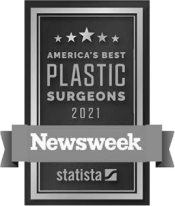
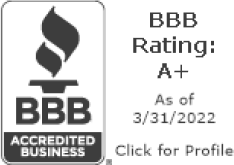
Schedule a consultation with Dr. Claytor today by calling (610) 527-4833 or contacting us online.

Medically reviewed by Dr. R. Brannon Claytor — Updated on Oct 24, 2024


